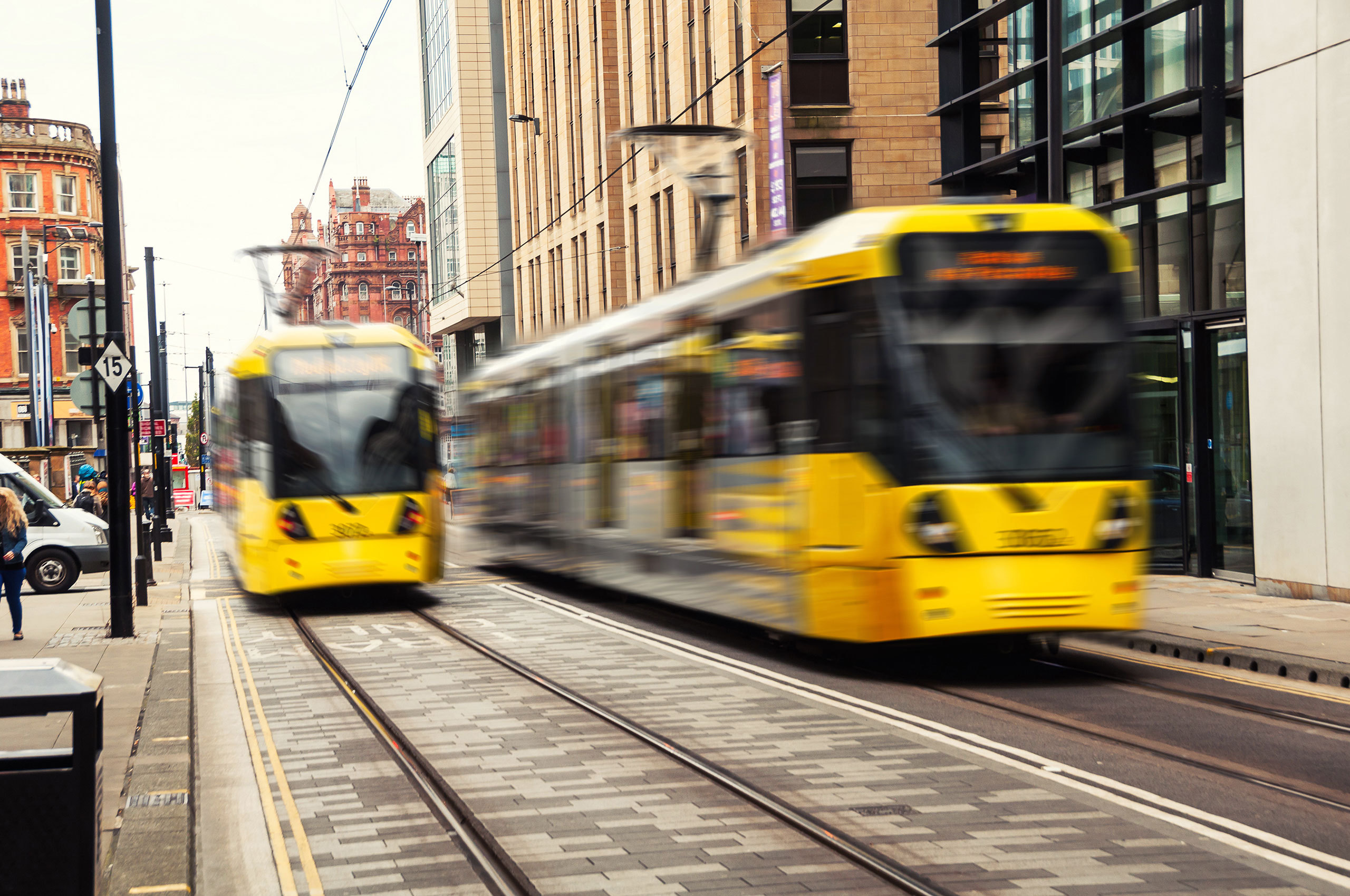Marketing Director
As a Marketing Director within an FMCG organisation you'll perform a more strategic role than the Marketing Manager and could look after a specific brand or be responsible for the marketing approach for the entire company. You will work along side the brand, innovation, category, new product development (NPD) and sales/commercial teams.
A good Marketing Director will be a leader and have the ability to inspire teams, constantly re-appraising all the marketing tools within the business to ensure they are giving the company an advantage over its competitors.The role is an instrumental one for food and drinks businesses and calls for creativity, insight and commercial acumen.
As a Marketing Director you'll be very much looking after your company's image, brand and also its market share within it’s category and with the grocery, convenience or high street retailers. You'll be making sure that your company is meeting the needs of its customers, so you'll be getting into the mind set of your shoppers/consumers and thinking about their needs. At the same time, you'll make sure that your own business is communicating and advertising what your company has to offer to meet these needs and wants.
It's a high pressure job and you'll need to be commercially aware of the way your company operates. With support from the Managing Director you will be responsible for the vision of your company's marketing strategies, whilst analysing data and working with the shopper marketing function, category management teams, new product development (NPD) and sales/ commercial teams.
To be a good FMCG Marketing Director within the food and drinks industry you need to have imagination and enthusiasm, an eye for trends and products but also be extremely commercial and have a solid understanding of profit & loss (P&L)
Salary wise the role generally pays between £80,000 to £150,000 dependant on size of business, regional variance and level of experience.
Royal Leamington Spa
Royal Leamington Spa is one of only four Royal towns in the UK. The Royal Pump Rooms opened in 1814 attracting the wealthy and famous, leading to the construction of numerous Georgian townhouses. With its growing status and popularity Queen Victoria granted the town its Royal prefix in 1838.
A statue of Queen Victoria was almost destroyed by a German bomb during World War II which moved the statue one inch on its plinth by the blast.
The first tennis club in the world was also formed in 1872 by Major Henry Gem and Augurio Pereira and the modern rules of lawn tennis were drawn up in 1874 at the Leamington Tennis Club.
With its period properties, stunning Jephson Garden Park, proximity to the luscious Warwickshire countryside (whilst still being commutable to Birmingham and Coventry) Royal Leamington Spa is a popular place to live within affluent south Warwickshire. Though the town has expanded its suburbs amalgamating nearby villages, the town’s Council have gone to great length to preserve the town center’s buildings and heritage. This also makes it popular for weekend shoppers visiting its wide array of independent boutiques and restaurants, as well as with film crews looking for period property features.
Royal Leamington Spa also boasts a hive of SMEs profiting for its great rail and motorway network connecting the town easily to the West Midlands, Birmingham Airport and London.


